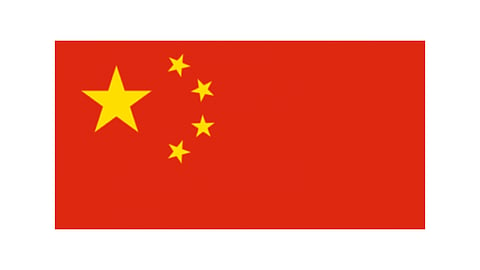

China's National Energy Administration (NEA) has issued a new directive for local grid companies in the provinces to procure specific amounst of energy from renewable energy generators. It has fixed mandatory renewable power quotas for all regions for the year 2019 and 2020, reported Reuters.
The notice, as released on the NEA website, establishes a renewable energy power consumption guarantee mechanism to ensure renewable energy resources are effectively used.
Market intelligence firm Enerdata said the scheme is divided into quotas for renewable energy including hydropower and quotas for renewable energy excluding hydropower.
"When hydropower is considered, the quotas will range from 10% of the power consumption in the Shandong province (eastern China) in 2020 to 88% in Sichuan or Yunnan (southwestern China), depending on provincial energy structures. The 2020 quotas are set at 16.5% for Beijing, Tianjin and Hebei, and at more than 30% for Guangdong (32.5%) or Shanghai (36.5%). Quotas for non-hydropower renewable energy will range from 2.8% in Chongqing to 27.5% in Qinghai provinces in 2020," said Enerdata.
The quota for 2020 will be adjusted according to the progress of the implementation of the 13th Five-Year Plan with revision due for March 2020-end.
Local provincial authorities will have to ensure implementation of the policy. Concurrently, the central government will also deploy inspectors to monitor the implementation of the policy. The quota system was proposed in March 2018.
China's solar policy framework is a major point of discussion in the global solar market as the country takes lead both in number of installations as well as in terms of being the manufacturing hub for this technology. Ever since May 31, 2018 (dubbed 531 policy) announcement from China that shook companies and markets alike, the world has been waiting for a final word from Beijing on its policy going forward. While it is clear the the Chinese administration wants to move from un-capped FITs towards auction-based mechanisms as well as subsidy-free systems, there are details missing about the new solar policy framework.
However, end of April the government released the FIT/auction guidance for solar power projects for 2019 (see 2019 FIT Levels For Solar In China). At that point, a final but crucial part was missing – the management guidelines.
